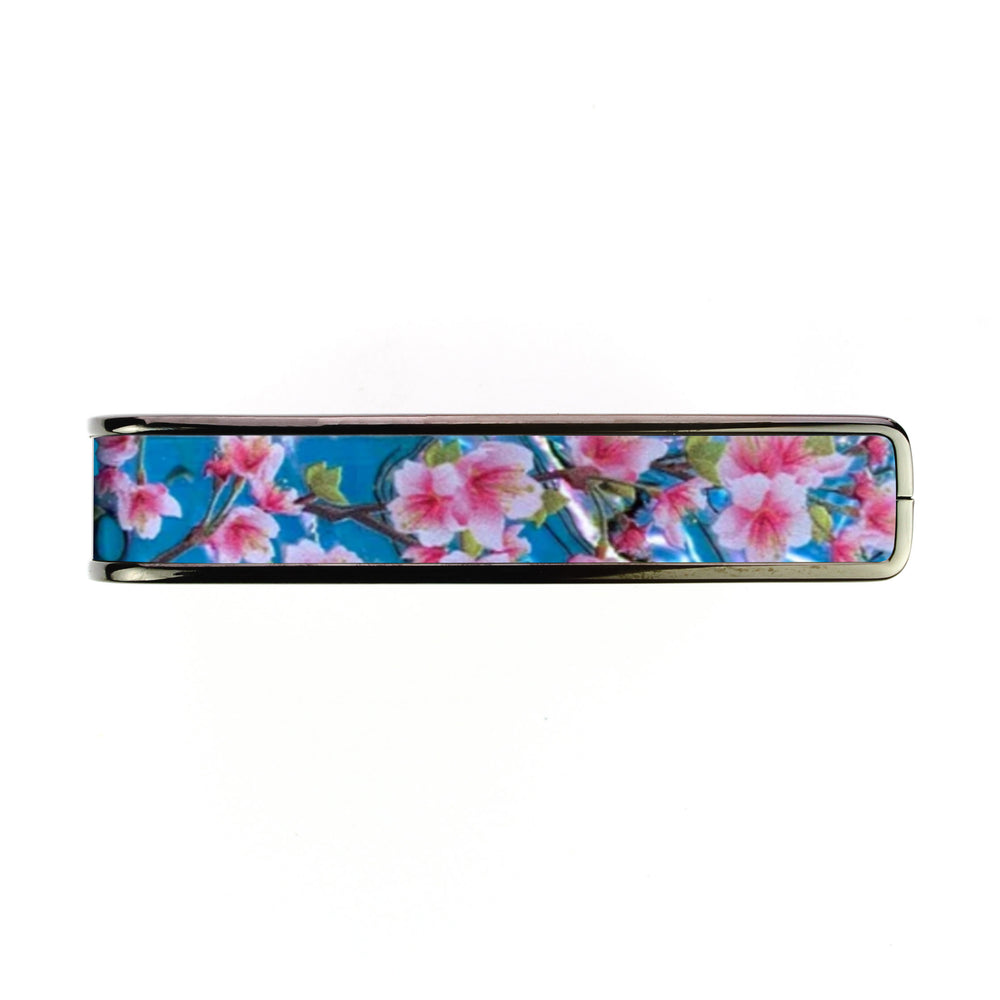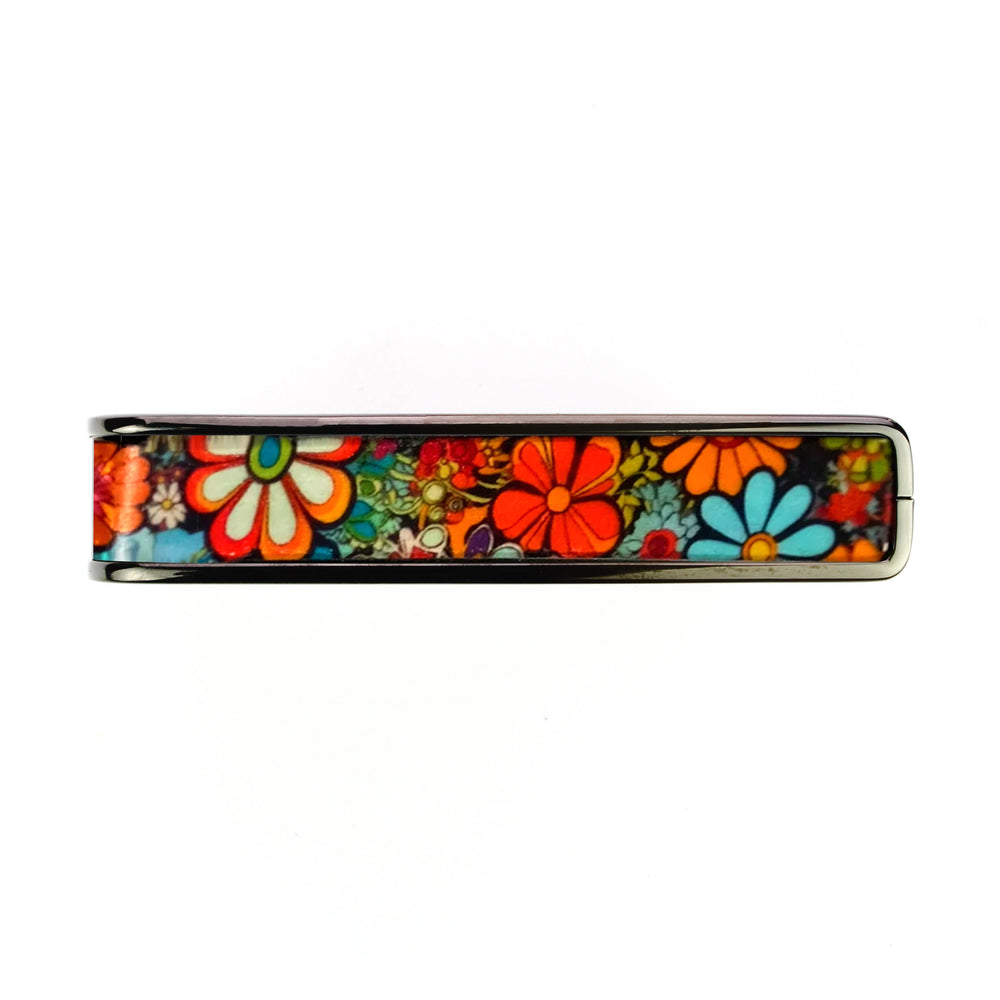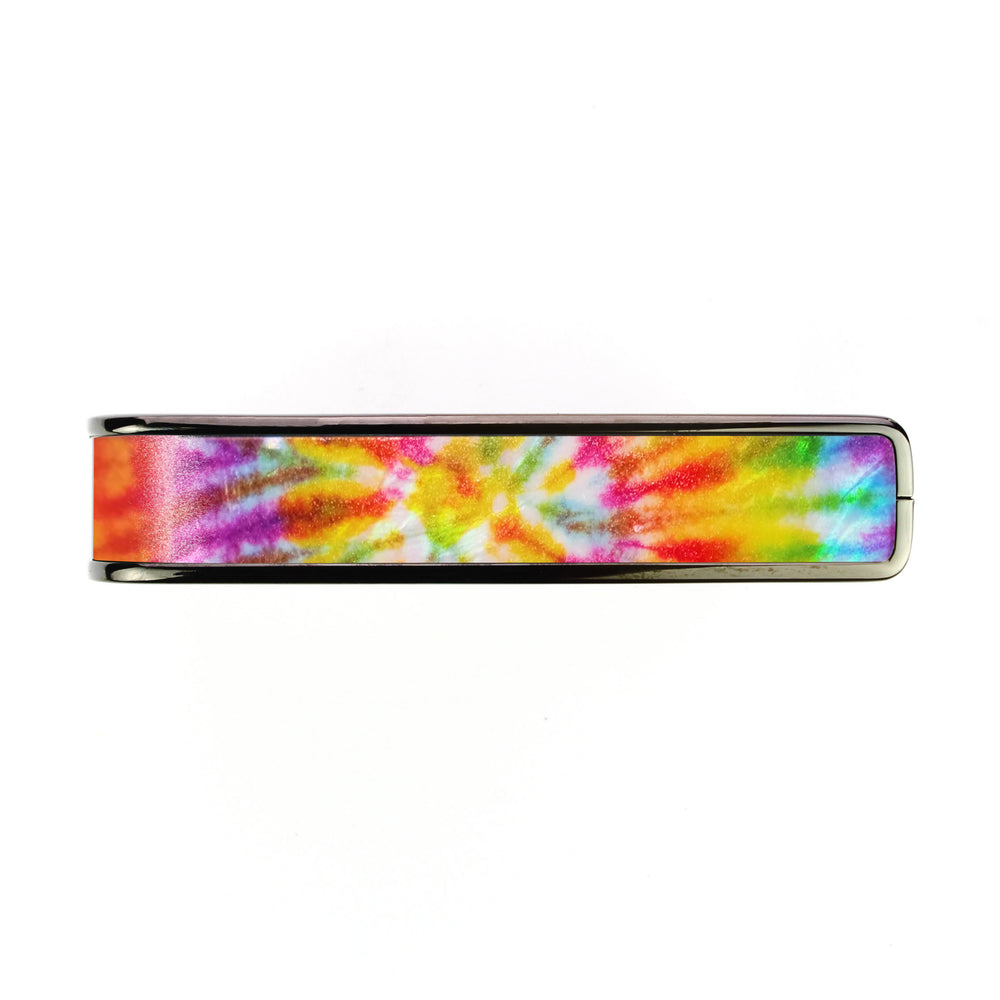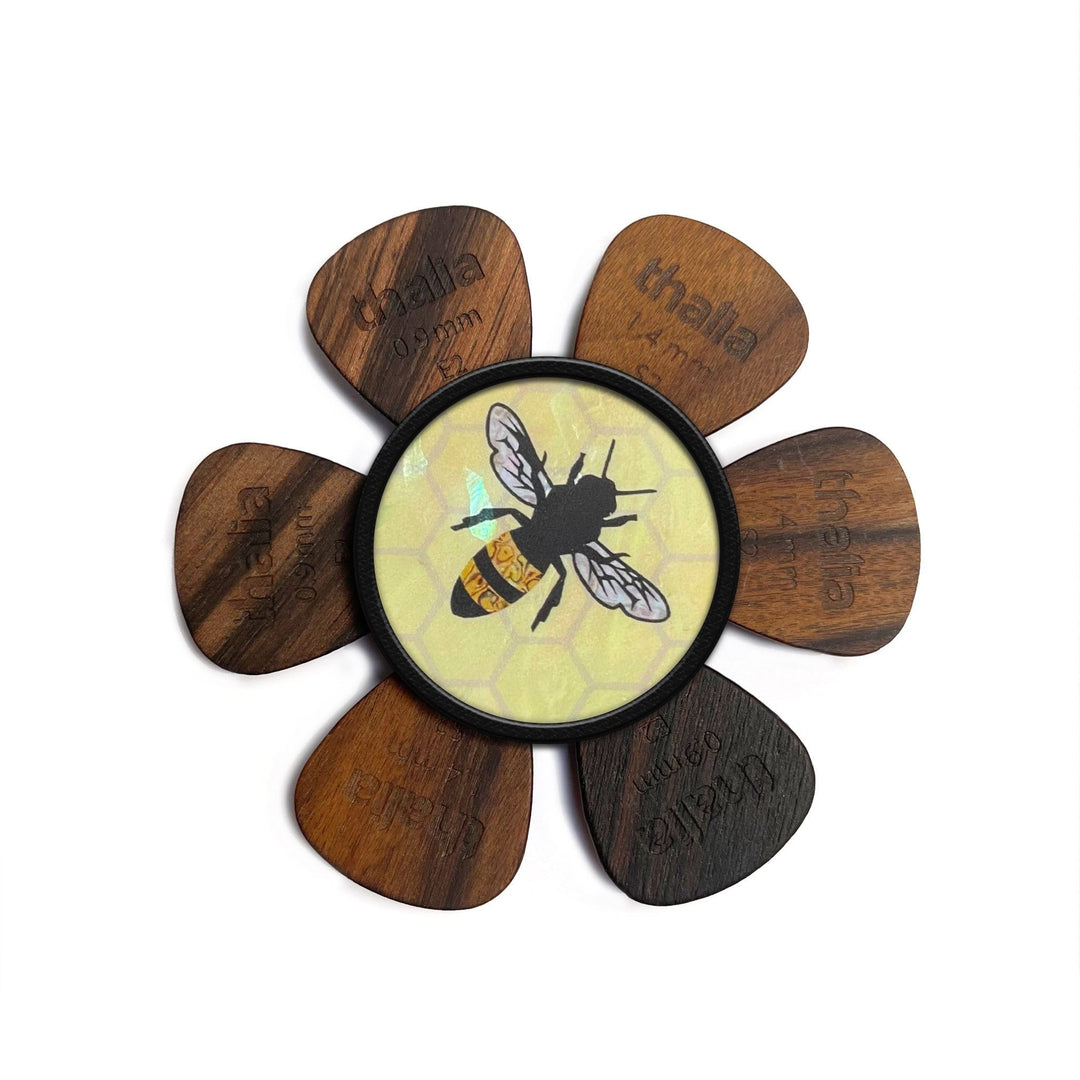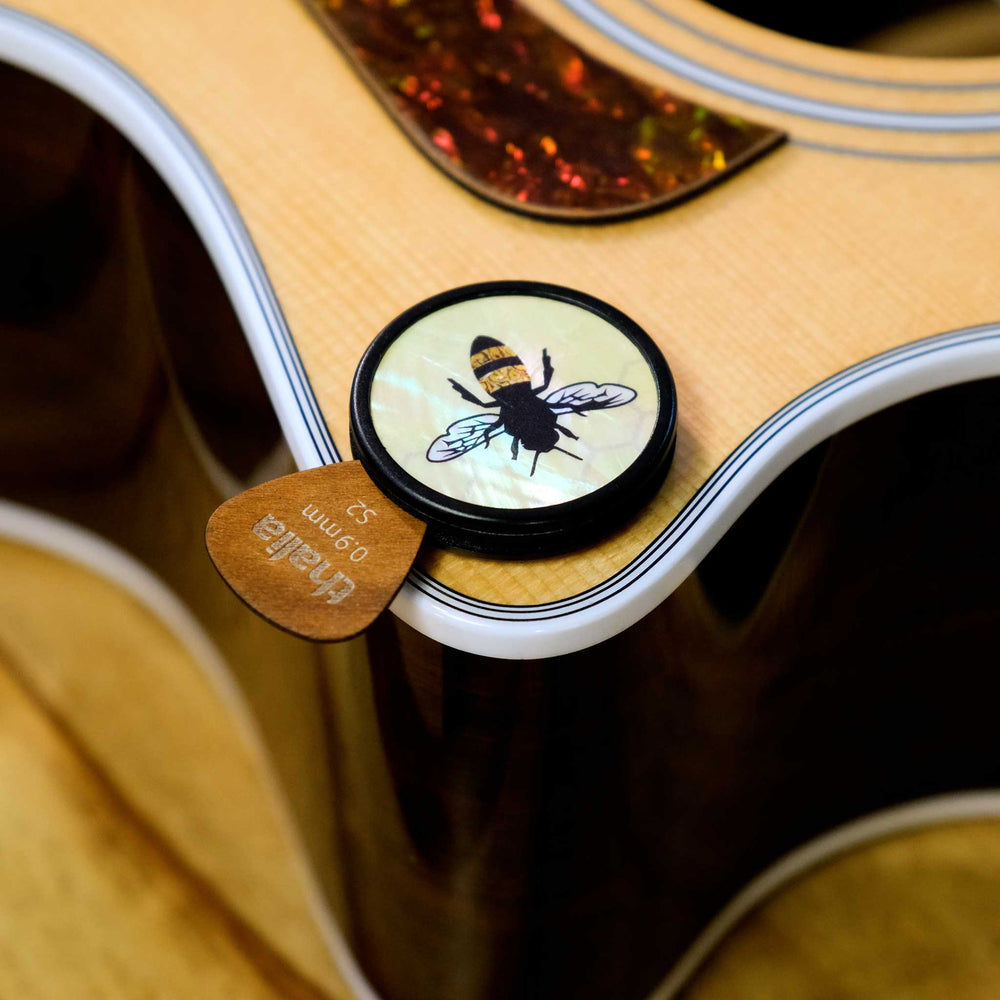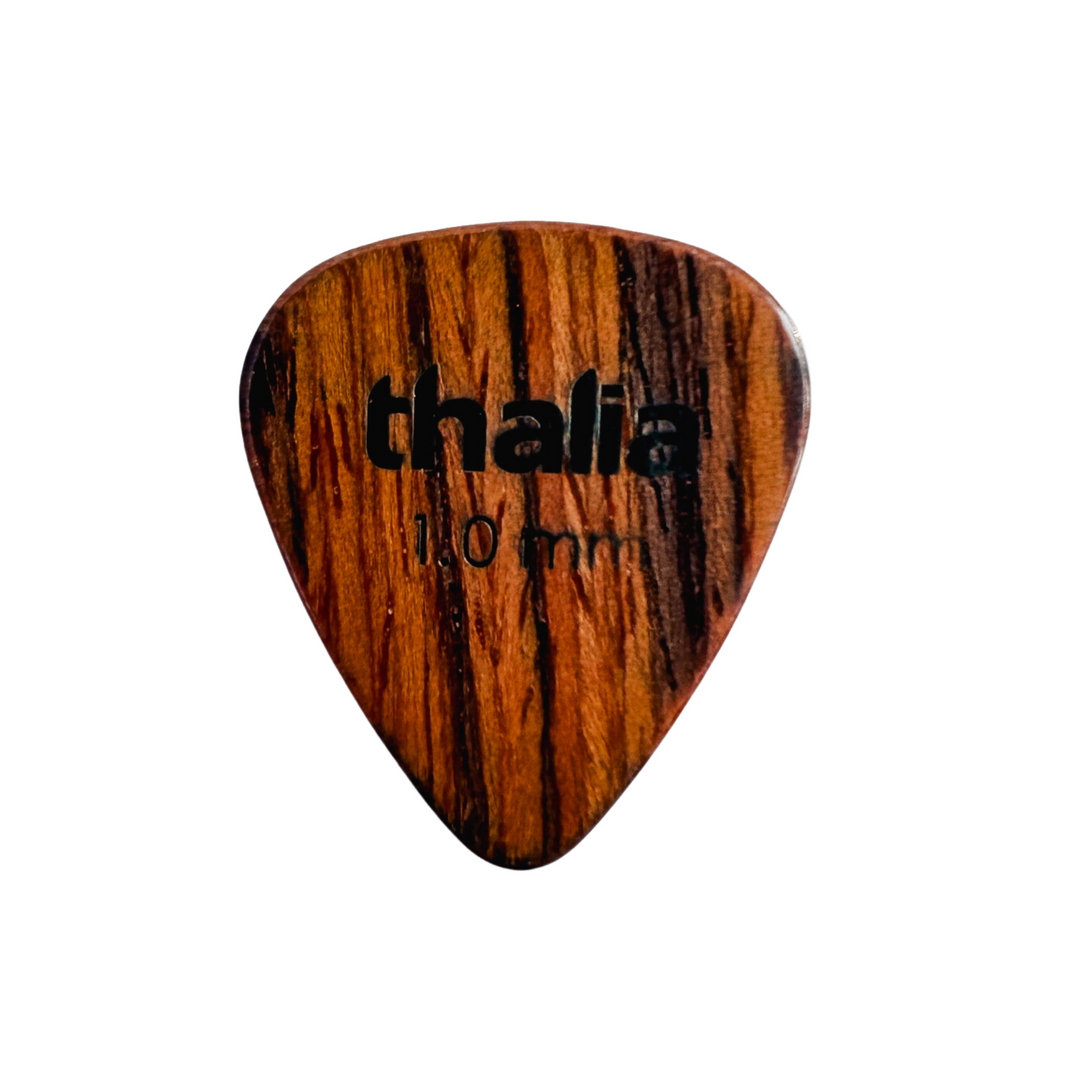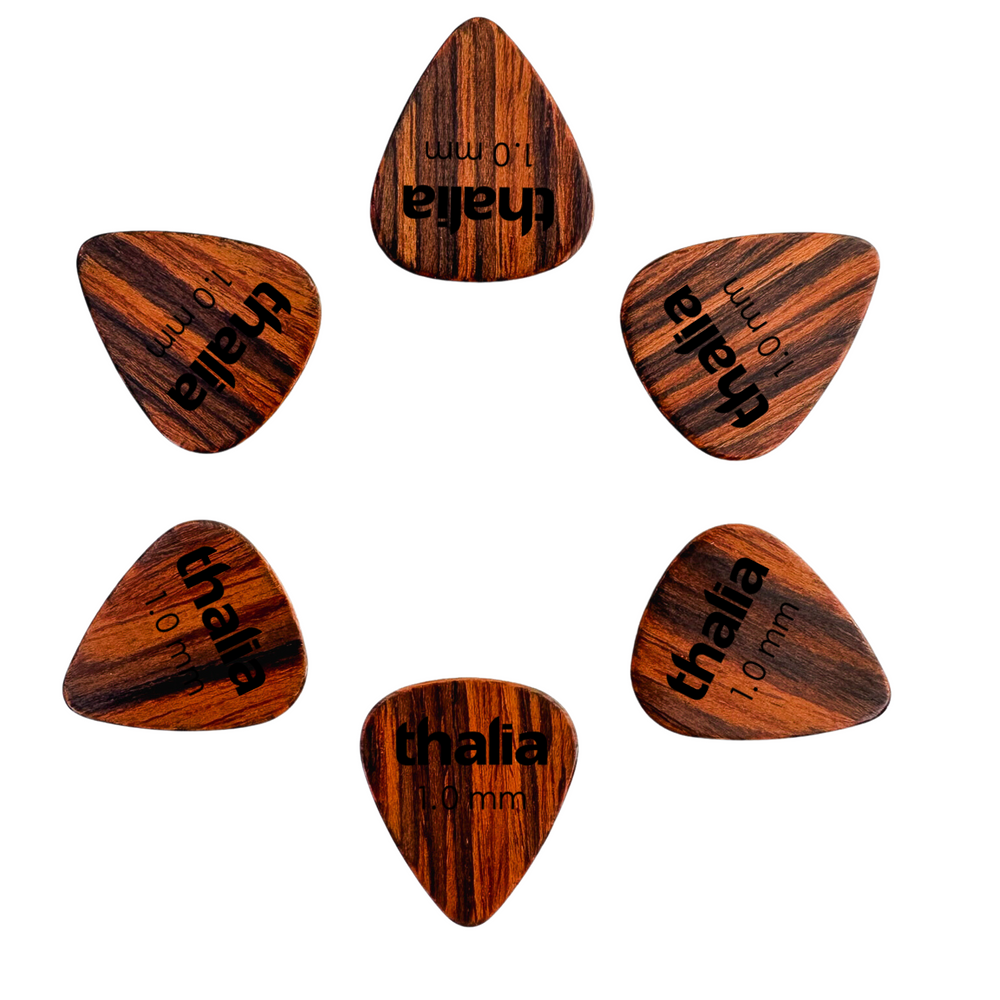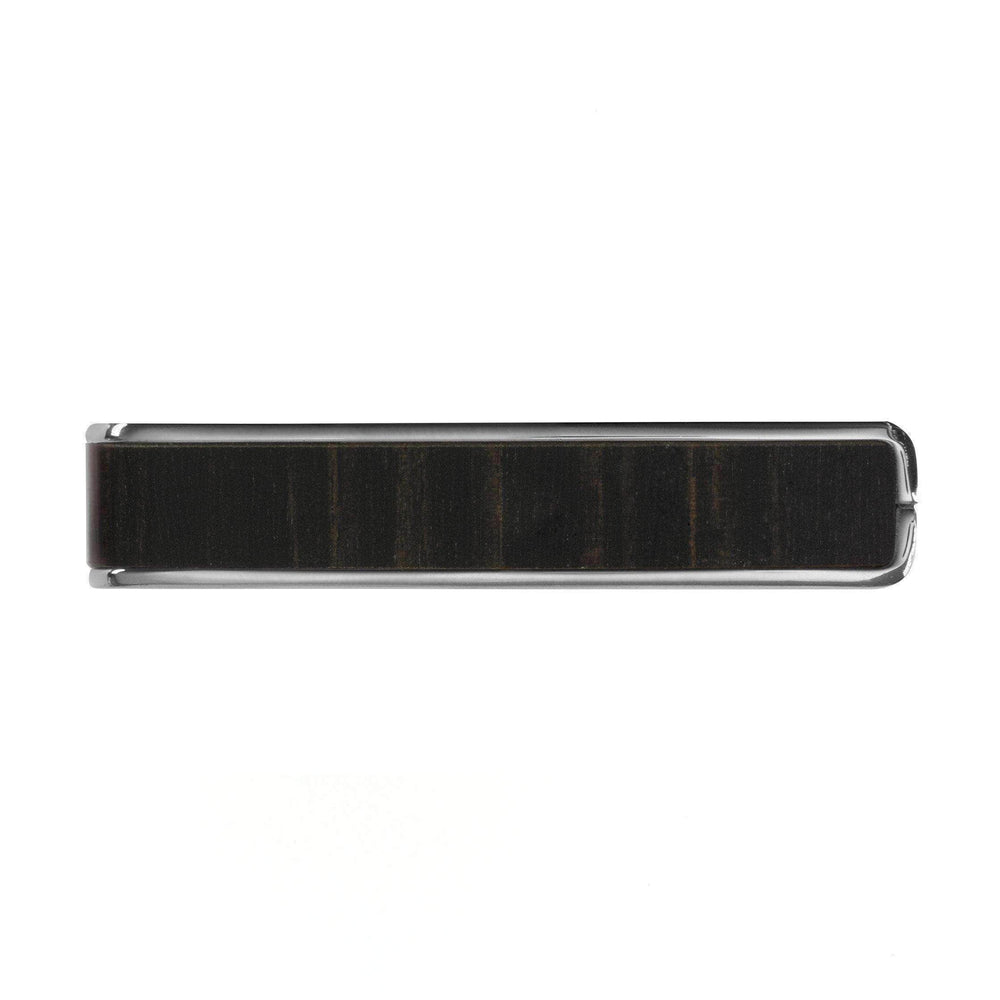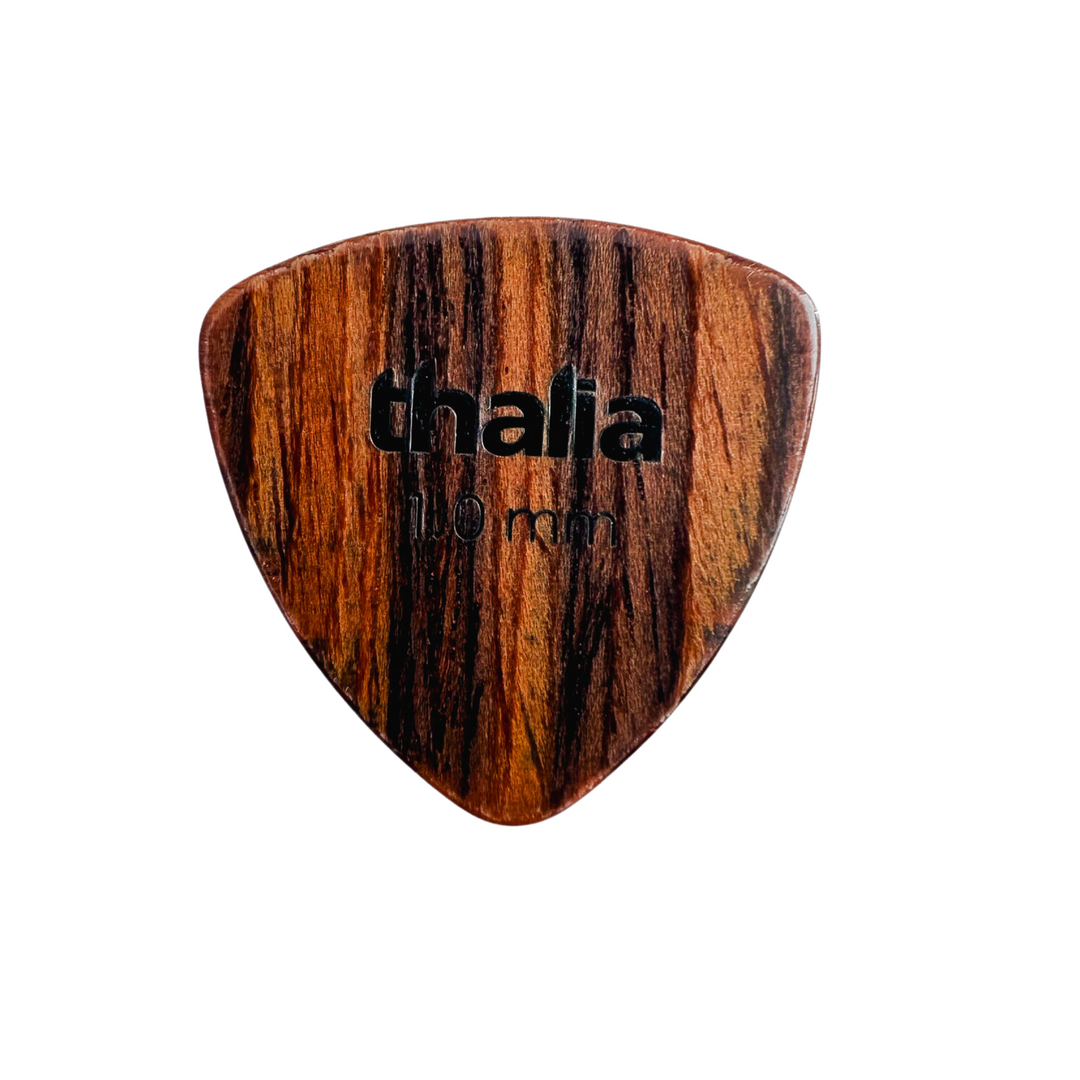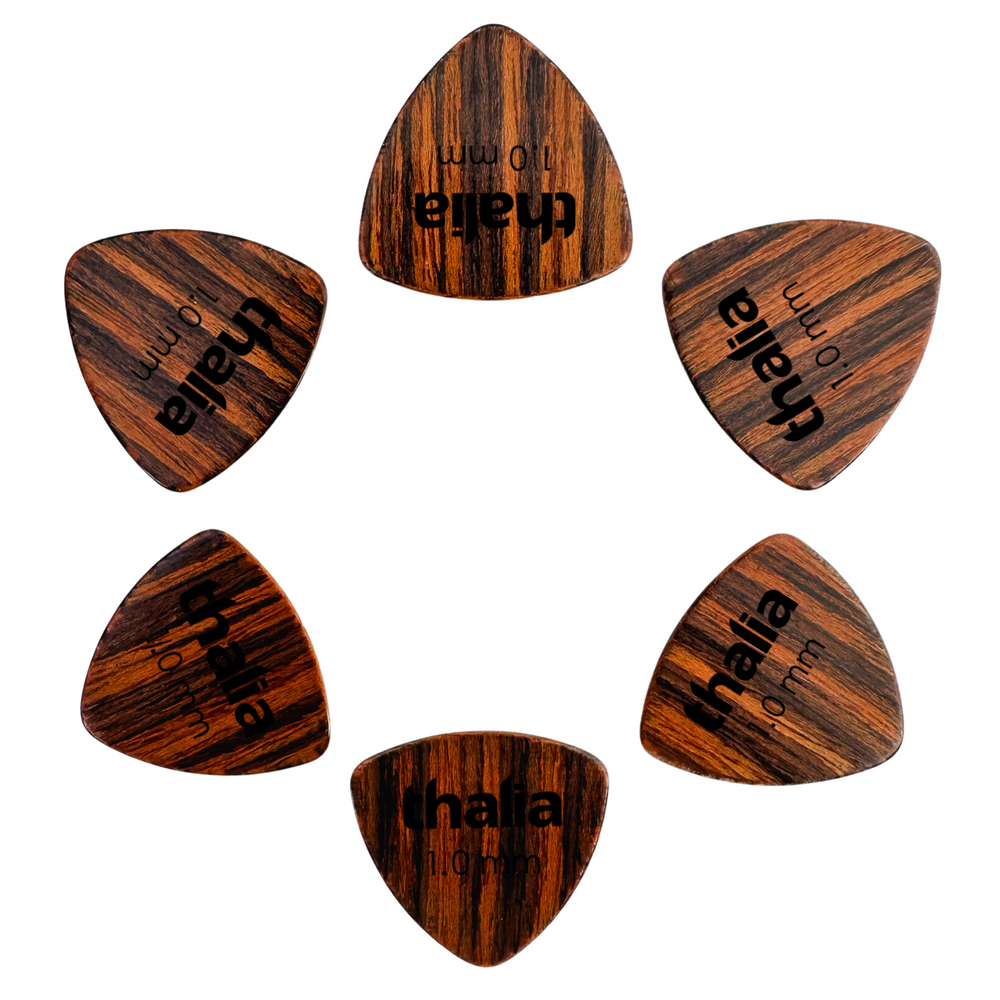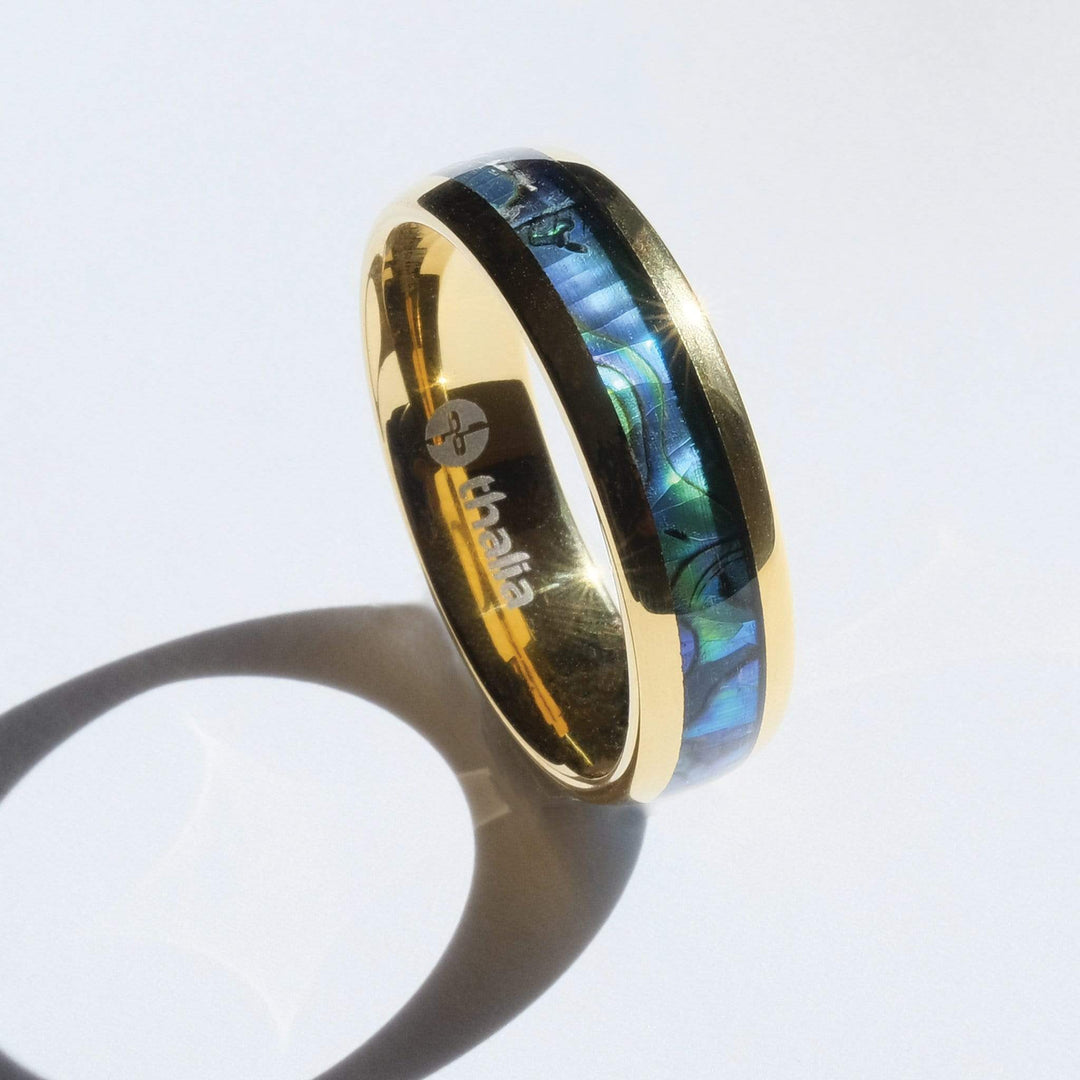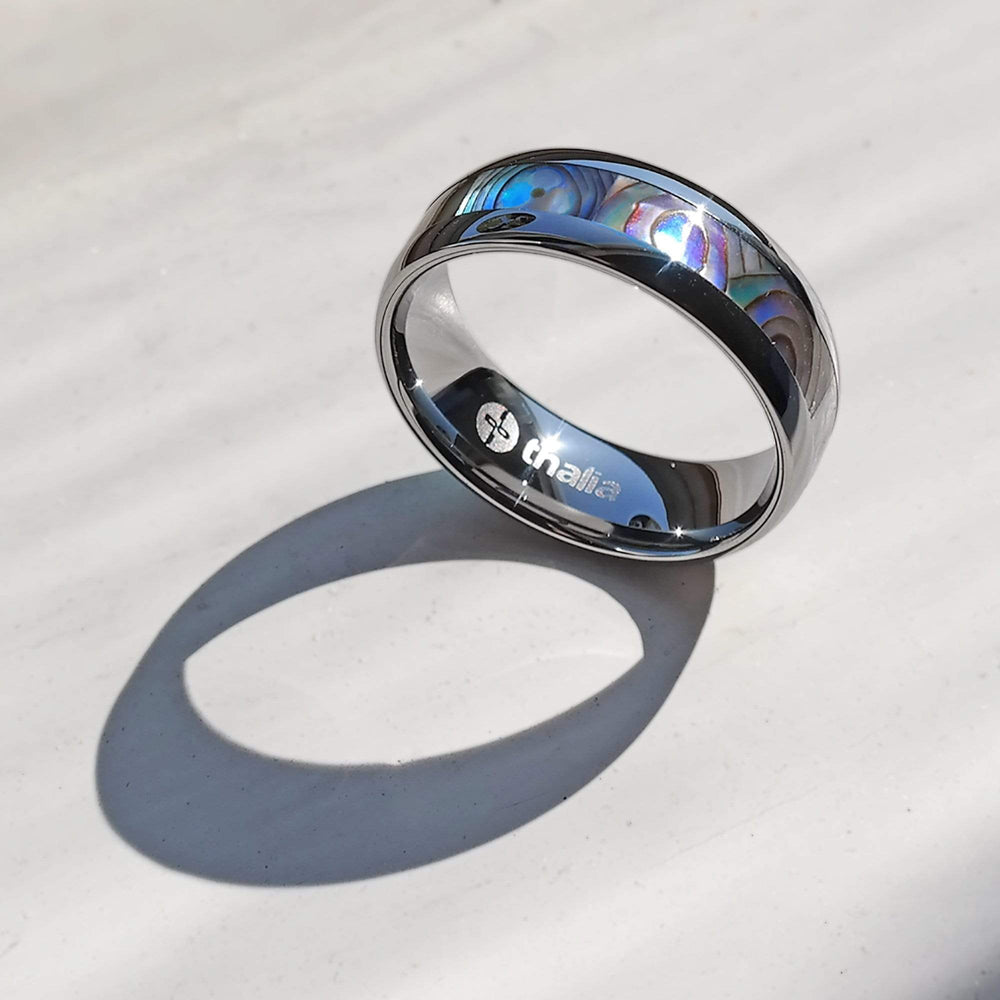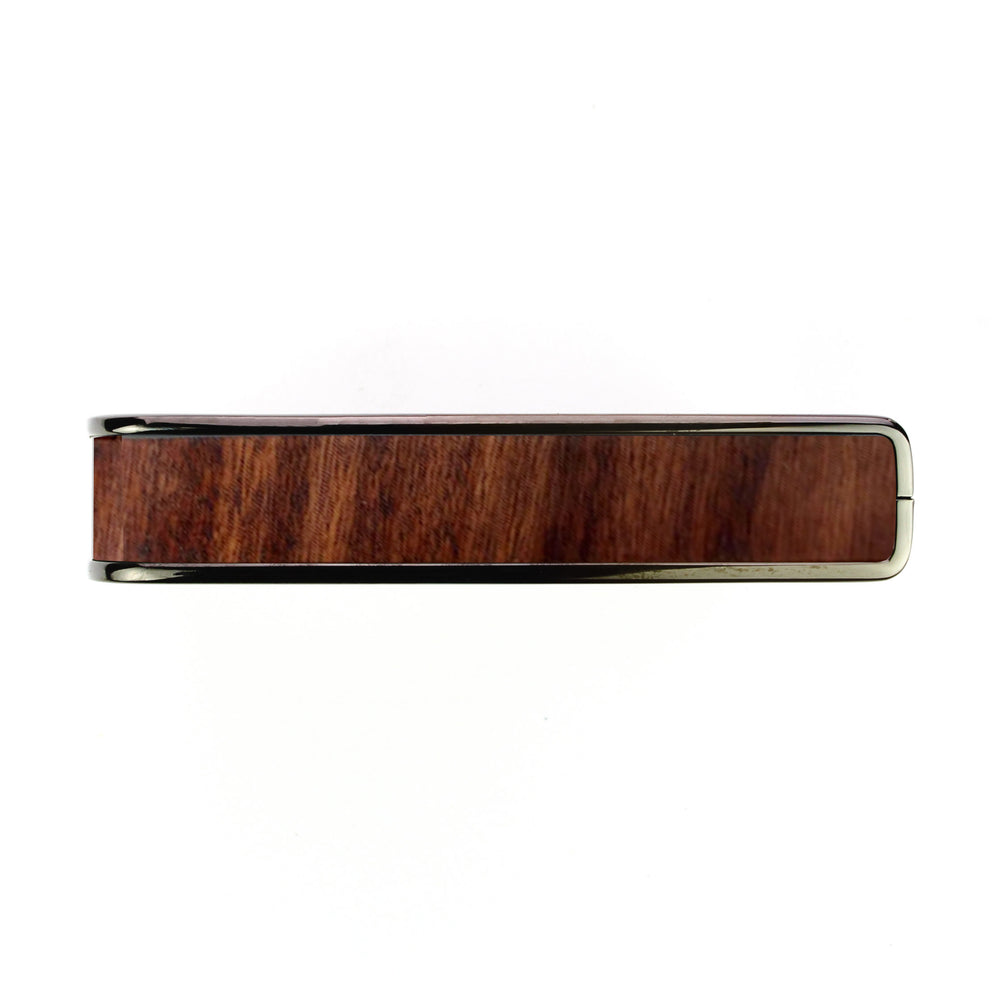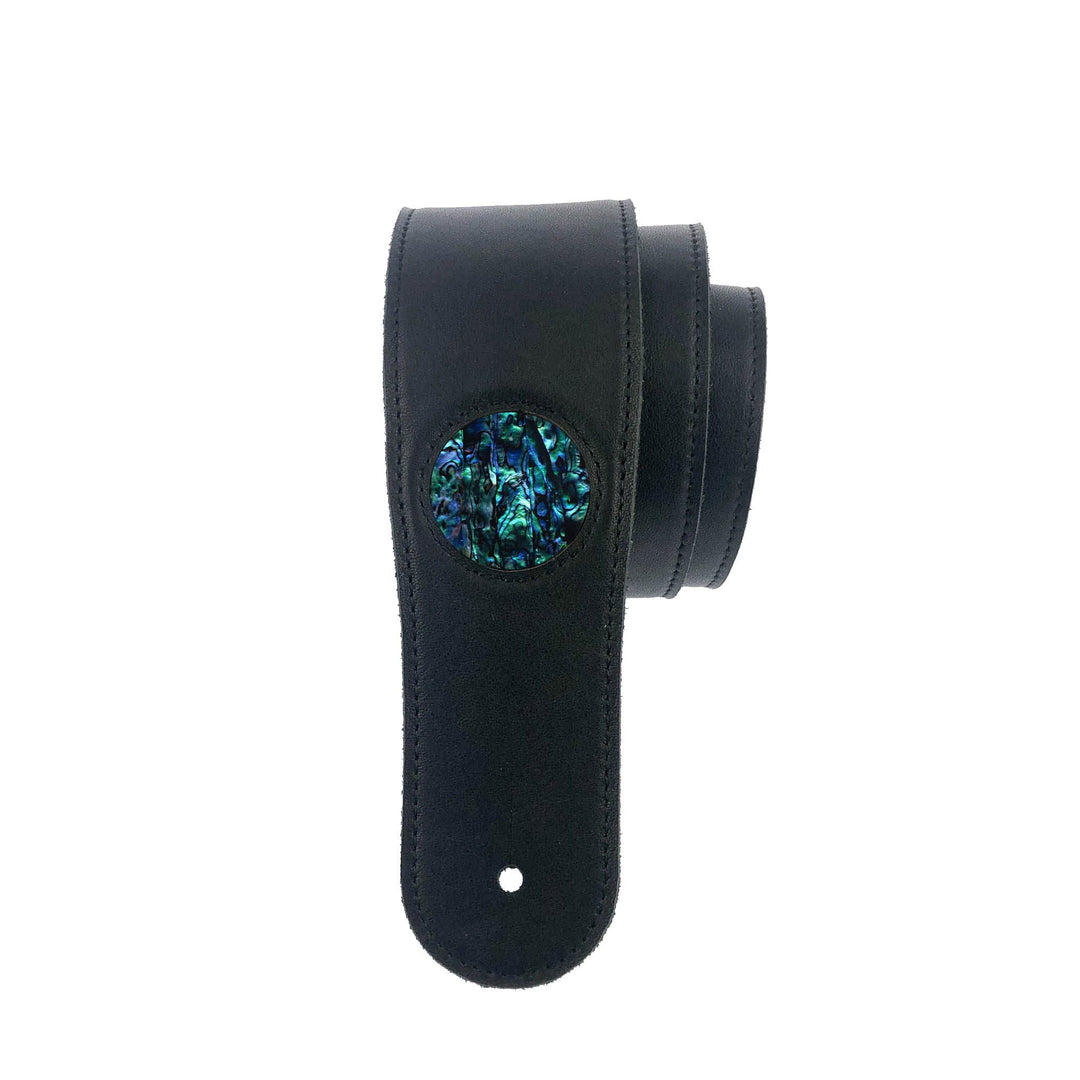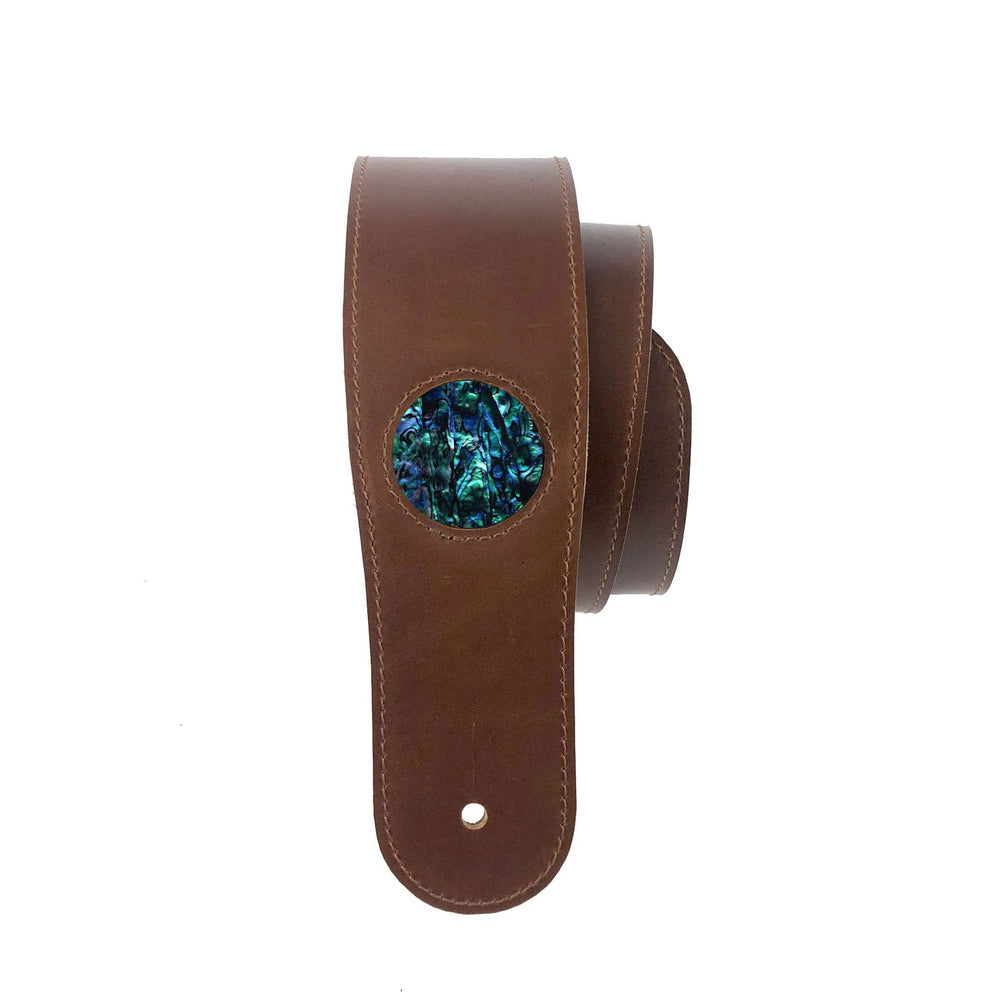Pete Townshend: The Psyche of a Guitar Smasher
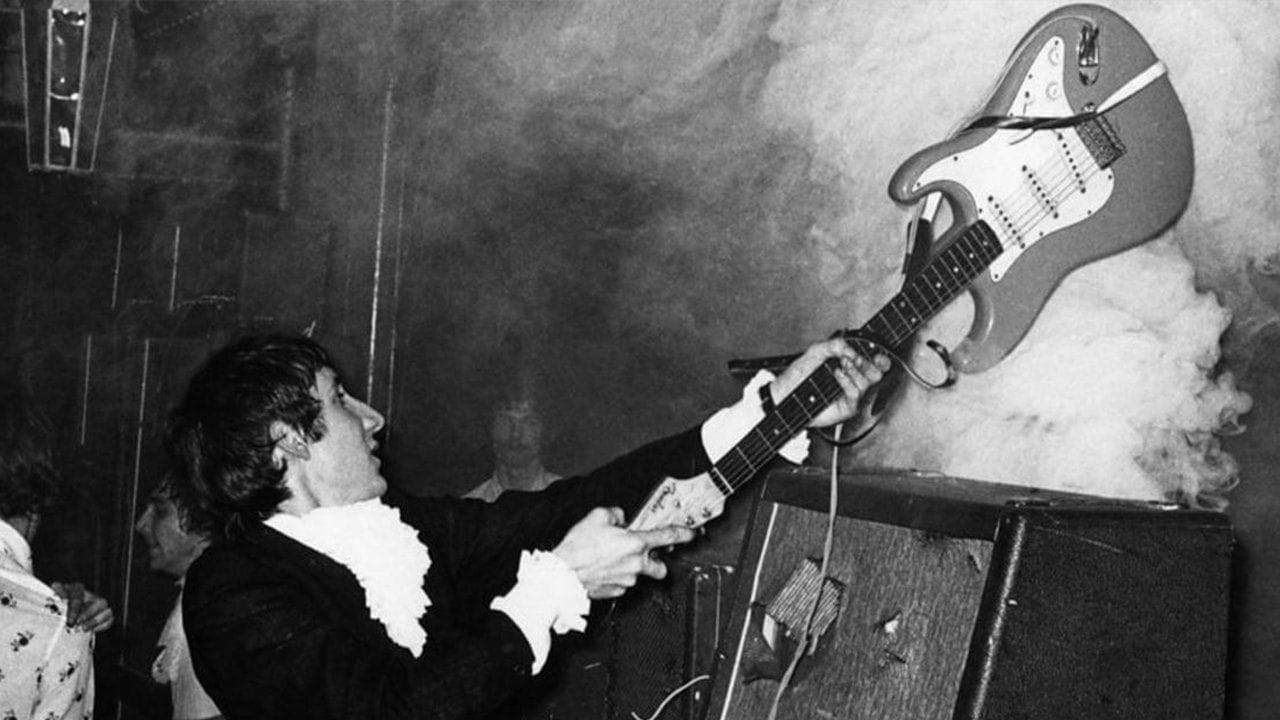
For many of us, it’s hard to imagine smashing a precious instrument.
If you’re anything like me, you’re joined to your number one axe at the hip. It’s a treasured, almost sacred possession, probably the most important thing you own.
The Who’s Pete Townshend isn’t like you or I, though. Back in the day, smashing guitars was par for the course for him.
He made an art form out of it, and obliterated hundreds of iconic instruments in the process. In fact, the reason that ’68 and ’69 Gibson SG Specials are so scarce today is because Townshend destroyed so much of the limited production run during The Who’s late ‘60s tours.
But what possesses a man to smash a guitar? Today, we’re taking a look at the history of Pete Townshend’s guitar destruction, and how one of the most iconic, sacrificial acts in rock history came to be.
“It's always frustrated me that when you read about the Who, people always wrote about Pete smashing a guitar into an amp. They didn't get it. It was not about the visual of it. It was about the sound it made. When Pete used to break a guitar, it sometimes used to take him 10 minutes. It would be a like a sacrificial lamb. This thing would scream. It was an incredible sonic experience. The volume would leave us with our ears bleeding. Sometimes we used to come off stage and the ringing in our ears didn't go away for two days.”
Roger Daltrey (via UCR)
 Many have attributed Pete Townshend’s guitar smashing tendencies to his art school education, and exposure to auto-destructive art pioneer Gustav Metzger. Metzger, whose auto-destructive movement was launched “in protest at rising consumerism, the proliferation of capitalism, and the building of nuclear weapons” (via the Telegraph) was a mentor to the guitarist during his student days.
Many have attributed Pete Townshend’s guitar smashing tendencies to his art school education, and exposure to auto-destructive art pioneer Gustav Metzger. Metzger, whose auto-destructive movement was launched “in protest at rising consumerism, the proliferation of capitalism, and the building of nuclear weapons” (via the Telegraph) was a mentor to the guitarist during his student days.
It’s easy to see why Townshend’s guitar smashing gets compared to Metzger’s work, which included burning nylon sheets with hydrochloric acid. But, while Townshend himself might have later compared his onstage antics to Metzger’s protest pieces, the reality was more by accident than design.
In a 1968 interview with Jann Wenner for Rolling Stone magazine, Townshend recalled the first guitar smash, which occurred in 1966:
“It happened by complete accident the first time. We were just kicking around in a club which we played every Tuesday and I was playing the guitar and it hit the ceiling. It broke and it kind of shocked me ’cause I wasn’t ready for it to go. I didn’t particularly want it to go but it went.
And I was expecting an incredible thing, it being so precious to me, and I  was expecting everybody to go, “Wow he’s broken his guitar,” but nobody did anything, which made me kind of angry in a way, and determined to get this precious event noticed by the audience. I proceeded to make a big thing of breaking the guitar. I pounced all over the stage with it and I threw the bits on the stage and I picked up my spare guitar and carried on as though I really meant to do it.”
was expecting everybody to go, “Wow he’s broken his guitar,” but nobody did anything, which made me kind of angry in a way, and determined to get this precious event noticed by the audience. I proceeded to make a big thing of breaking the guitar. I pounced all over the stage with it and I threw the bits on the stage and I picked up my spare guitar and carried on as though I really meant to do it.”
Townshend was initially unhappy about the loss of a precious instrument. But, as word got around about The Who’s wild new act, the pressure to repeat the act increased:
“It got around and the next week the people came and they came up to me and they said “Oh, we heard all about it, man; it’s ’bout time someone gave it to a guitar” and all this kind of stuff. It kind of grew from there, we’d go to another town and people would say “Oh yea, we heard that you smashed a guitar.” It built and built and built and built and built and built until one day, a very important daily newspaper came to see us and said, “Oh, we hear you’re the group that smashes their guitars up. Well we hope you’re going to do it tonight, because we’re from the Daily Mail. If you do, you’ll probably make the front pages.”
This was only going to be like the second guitar I’d ever broken, seriously. I went to my manager, Kit Lambert, and I said, you know, “Can we afford it, can we afford it, it’s for publicity.” He said “Yes, we can afford it, if we can get the Daily Mail.” I did it and of course the Daily Mail didn’t buy the photograph and didn’t want to know about the story. After that I was into it up to my neck and have been doing it since.”
In 1967 alone, Townshend broke more than 35 guitars. And, his destructive tendencies continued throughout the ‘70s, ‘80s and into the ‘90s. What started as an unfortunate accident became intrinsic to The Who’s performance. It epitomised their anarchic presence, their anti-establishment cred, and became a rock ‘n’ roll rite of passage in its own right, imitated by many an act that came in the ‘Orrible ‘Oo’s wake.
By the mid-2000s, however, Townshend’s rate of instrument annihilation had slowed down dramatically. As Who Tabs notes, his last reported guitar smash was in 2004. Whether due to a changing outlook or a rapidly escalating guitar expenses bill, we’re not sure…
What do you think of Pete Townshend’s guitar smashing? Great art, or senseless instrument murder? And have you ever smashed a guitar on stage, either by accident or intention? Share your stories in the comments!



